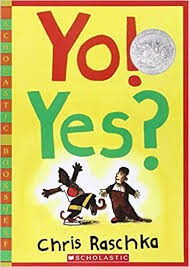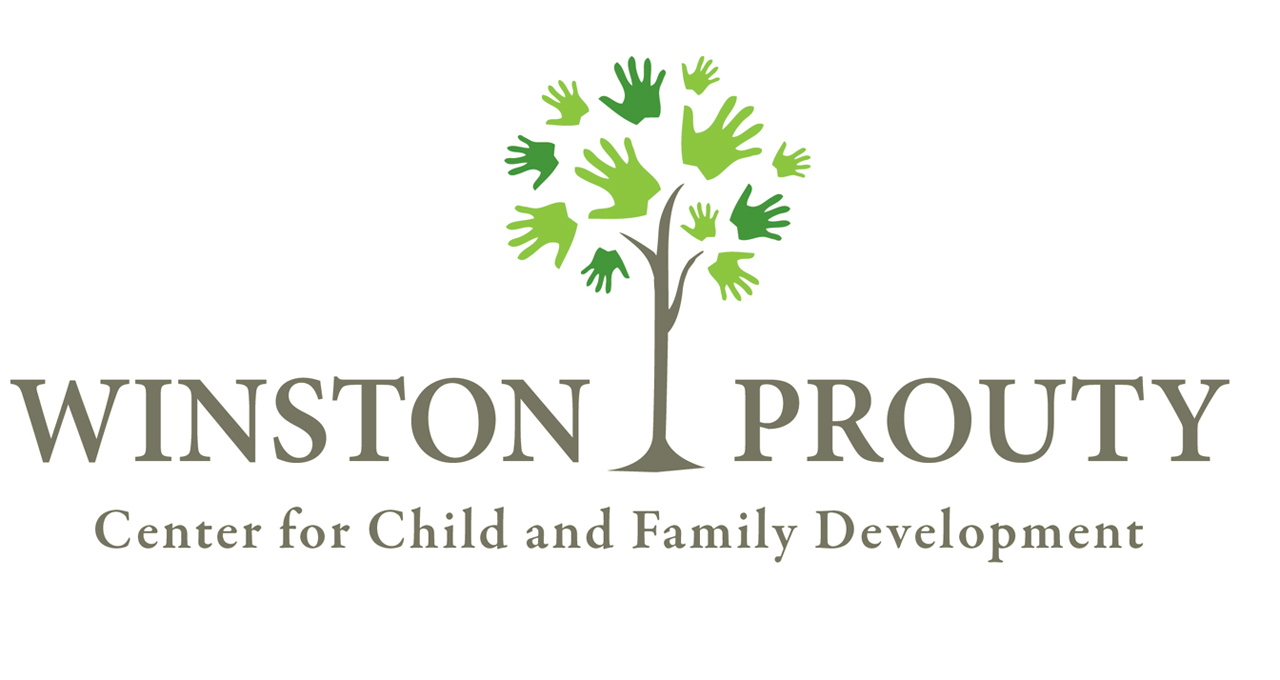The Book Nook
February 2020
 Looking for the perfect book about unconditional love to read to your children? Look no further. Love is My Favorite Thing by Emma Chichester Clark does the job perfectly.
Looking for the perfect book about unconditional love to read to your children? Look no further. Love is My Favorite Thing by Emma Chichester Clark does the job perfectly.
This picture book is told through the eyes of an energetic, hopeful, and well-meaning dog named Plum who loves many things – sticks, snow, treats, and the neighborhood kids. But there’s no doubt that LOVE is her favorite thing. Her number one problem is that her joyful exuberance sometimes gets her into trouble.
We can all relate to Plum’s predicament of knowing all the rules, but still struggling to be in control all the time. On the day that we follow Plum and her family, she makes several naughty mistakes that, well, put her in the doghouse. Children are relieved to learn that despite getting in so much trouble, love and forgiveness do prevail.
Based on her real-life dog, Clark’s illustrations wonderfully capture an emotional range from ecstatic joy to profound regret. Her story is well crafted and speaks to children in a way that pulls them right into the big, scary feelings we all have when we’ve disappointed someone we love and whose love means the world to us.
January 2020
“I have a dream that my four little children will one day live in a nation where they will not be judged by the color of their skin but by the content of their character.”
~ Dr. Martin Luther King Jr.
In honor of Dr. King’s dream, I share the following book in which the characters see past their artificial differences and join hands, confident in the goodness of the other’s character. There aren’t many picture books depicting children engaged in positive, cross-racial connections, so it is important to find the ones that do and share them with our children. This sends the powerful message that we can play and work together, enjoying the companionship of people different from us.

Chris Raschka’s book Yo! Yes? is the story of two boys – one black, one white; one shy, one outgoing – crossing paths on the street. With the open mindedness and curiosity inherent in young children, this seemingly unlikely pair relate to one another and joyfully accept each other as new friends.
The reader’s tone of voice is essential to a successful reading of this book. The story uses simple text (34 words total) and is largely told through Raschka’s expressive illustrations. Therefore, the reader must be inspired by the body language and facial expressions to modify their tone of voice to convey the emotional energy of the pictures. Reading this book is like acting on a stage.
When done well, Yo! Yes? is an instant hit for children as young as two years old. I have had several groups of children ask for it to be read several times in a row, delighting each time in the pacing and intonation. While the first time through is often read without interruption, repeat readings should take time to pause and examine the story more closely.
When talking about the book, first focus on universal themes like feelings and friendship. How are the children feeling? How can you tell? Why do you think they feel that way? Let these questions guide your conversation and let the child lead from here.
Be prepared to speak about race if your child brings it up. Acknowledge that the boys in the book have different colored skin in a matter of fact way. Look for other things that are different about them – their clothes, perhaps, or personalities. Think about similarities and differences you notice between each other. Make a point of saying that despite our differences we all have feelings and want good friends.
We can raise children who judge others, not “by the color of their skin but by the content of their character” just as Dr. Martin Luther King dreamed. But we must be mindful that this is an intentional act that requires right action. Be sure your child has access to diverse books. Don’t be afraid to talk about what makes us different; there is strength and beauty in our diversity. Commit to making the world a better place for ALL people.
December 2019
In celebration of the new movie A Beautiful Day in the Neighborhood, I bring to your attention the children’s book Be My Neighbor by Maya Ajmera and John D. Ivanko with words of wisdom from Fred Rogers. This beautiful photo essay illustrates the universal themes and values that communities are built upon.

Through engaging photography, this book provides a window into humanity’s rich diversity while maintaining, in the words of Fred Rogers, that “as different as we are from one another… we are much more the same than we are different.” Readers journey around the world glimpsing children in their neighborhoods – from a playground in South Africa, a temple in Thailand, and a vegetable market in Mexico. Each turn of the page offers an evocative spread of pictures which open the door to rich dialog between you and your child about human diversity and universal truths.
There is simple text printed in large, bold font through the book which, to my mind, is lacking in elegance. Each spread also contains a dry paragraph with supporting information to accompany the photographs. The authors would have done better to supply readers with a series of provocative questions to help children compare their own experiences with those represented on the page. Fortunately, we can ask these questions ourselves when reading with our children.
Outside of traveling, books are the best way to cultivate an appreciation for the world’s diversity. Maya Ajmera and John D. Ivanko’s collaboration provides us with a great place to start. The pair has worked on other books, as well, which are worth your attention. To Be an Artist and Back to School are similar in structure to Be My Neighbor, but focus on the universal language of the arts and education respectively. For younger children, To Be a Kid and Animal Friends: A Celebration of Children and Animals are published as board books.
Part of the proceeds from the sales of these books are donated to the Global fund for Children (founded by Maya Ajmera in 1993) to support innovative community-based organizations that serve the world’s most vulnerable children and youth.
